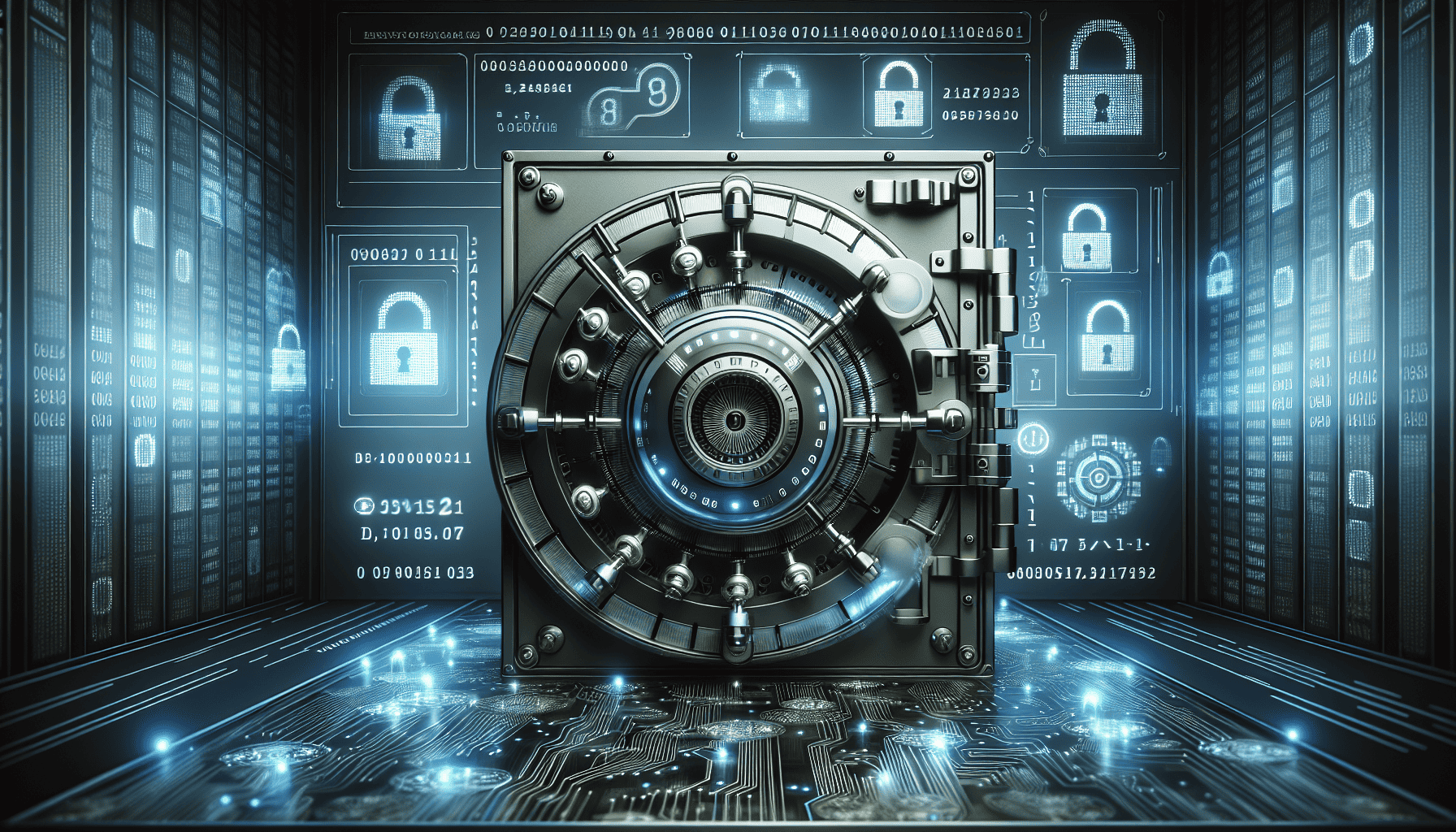In the digital age, the concept of security has taken on a new dimension, becoming a paramount concern for organizations across the globe. As technology becomes increasingly integrated into every aspect of our lives, the need for robust security measures has never been more critical. Ensuring the highest standards of security in any development is not just a requirement; it is a fundamental pillar of trust and reliability for both developers and users.
Implementing robust security involves a multifaceted approach that starts at the very inception of a project. It begins with understanding potential vulnerabilities and threats that could compromise the integrity of a system. By conducting thorough risk assessments, developers can identify areas that need reinforcement and implement measures that preemptively address concerns before they evolve into actual threats.
One of the key strategies in establishing robust security is the integration of security into the software development lifecycle, often referred to as DevSecOps. This approach involves embedding security practices throughout the development process rather than treating it as a separate phase. By doing so, security is maintained continuously, ensuring that potential vulnerabilities are detected and mitigated as they arise.
Encryption is another cornerstone of effective security measures. By encrypting data both at rest and in transit, developers can protect sensitive information from unauthorized access. Whether it's personal data, proprietary business information, or financial records, encrypting data ensures that even if a system is breached, the information remains unreadable without the appropriate decryption keys.
Authentication is equally important in maintaining robust security. Implementing multi-factor authentication (MFA) adds an additional layer of protection beyond simple passwords, significantly reducing the risk of unauthorized access. With MFA, users are required to verify their identity through multiple channels, such as a one-time code sent to their phone or a fingerprint scan, before accessing sensitive systems or data.
In addition to technical measures, fostering a culture of security awareness among all stakeholders is crucial. Regular training and updates on the latest security threats and best practices ensure that everyone involved in the development process is equipped with the knowledge needed to protect their environment. Educating users about the importance of using strong, unique passwords and recognizing phishing attempts can mitigate risks associated with human error.
Moreover, regular audits and penetration testing are essential practices in maintaining security standards. By simulating potential attack scenarios, developers can identify vulnerabilities and test the effectiveness of their security measures. This proactive approach allows organizations to rectify any weaknesses before they can be exploited by malicious actors.
It is also important to recognize that security is an ongoing effort. As technology evolves, so do the methods employed by cybercriminals. Keeping software and systems up-to-date with the latest patches and updates is vital in defending against newly discovered vulnerabilities. Maintaining an agile security framework that can adapt to emerging threats ensures the continued integrity of the system.
In conclusion, implementing the highest standards of security in development projects is a comprehensive, continuous effort that involves integrating security into every phase of the development process, utilizing effective technical measures like encryption and multi-factor authentication, and fostering a culture of security awareness. By staying vigilant and proactive, organizations can ensure the protection of their systems, data, and ultimately, their reputation, in an ever-evolving digital landscape.
